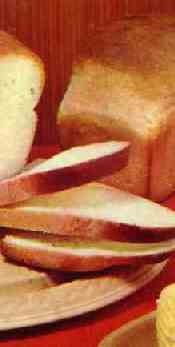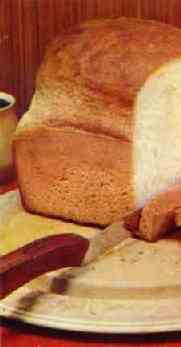![]()
| Ideas for follow-up classes | |
| 1. Read about how God provided the hungry Israelites with manna (bread from heaven), The Bible, Exodus 16. (It is suggested that the word 'manna' comes from the Hebrew question 'man hu?' or 'what is it?) |
 |
| 2. Read about how Ruth was able to feed herself and her mother-in-law by gleaning left-over corn in the field of Boaz, The Bible, Ruth, 2. | |
| 3. Read about how the crowds who had gathered to hear Jesus preach were fed, The Bible, Matthew 14, verses 13-21 and Matthew 15, verses 32-28. | |
| 4. Read how God provided the dissatisfied Israelites with meat but then punished them, The Bible, Numbers 11, verses 7-34. | |
| 5. Read how Joseph advised Pharaoh how to make sure his people were fed during years of famine, The Bible, Genesis 41 and 42. | |
| 6. Make a list of the reasons why people may have to go without food or have only very little food. For how many of these are human beings to blame? What can be done to give help to people who are starving? | |
| 7. Sometimes people go without food for a time
while they turn their minds towards God, or because they believe that it is
good for their souls to give something up. Find out about the Moslem fast
during daylight hours in the month of Ramadan. Look at web sites about Ramadan:
http://www.alpha.fdu.edu/~siddiqui/ramadan.htm http://www.submission.org/ramadan.html |
|
 |
8. Painters show us the great value and beauty of food. We can see still life paintings as a means of celebrating the great gift of food. Look at still life paintings and notice how often the artist chooses to paint very simple foods like bread, fresh fruit, or fish. |
| 9. A great political and religious leader, Mahatma ('great souled') Gandhi (1869-1948), used to go without food as a means of protesting against British rule in India. Gandhi believed in non-violent protest. He said: 'Live simply, that others may simply live'. Find out more about Gandhi: http://www.engagedpage.com/gandhi.html | |
| 10. In The Diary of Ann Frank, Ann tells us about life in the Second World War when she and her family were hidden away in an attic to escape the Nazis. Friends who helped to hide them used ration books on their behalf to obtain food. She does not say very much about what they ate. But you might like to read the entry for 14th March 1944. | |
| 11. Children in some orphanages and charity schools in the nineteenth century probably had very little to eat. Dickens has given us a vivid picture of workhouse food in Oliver Twist, and you might read Charlotte Bronte's account of the food at Lowood School, in Jane Eyre. You will find it in chapters V, VII and VIII. Why do you think Mr. Brocklehurst disapproved of the girls being given an extra meal of bread and cheese? | |
| 12. Many people choose to say grace, a short
prayer of thanks to God, before having a meal. Here is a Grace for Children by
the seventeenth century poet, Robert Herrick: What God gives, and what we take, 'Tis a gift for Christ his sake; Be the meal of beans and peas, God be thanked for those and these; Have we flesh or have we fish, All are fragments from His dish. He his Church save, and the King. And our peace here, like a spring, Make it ever flourishing. |
|
| Make a collection of such prayers. | |
| Make up prayers of your own. | |
| Return to the Hibbert Assembly Main Index |
|
![]()